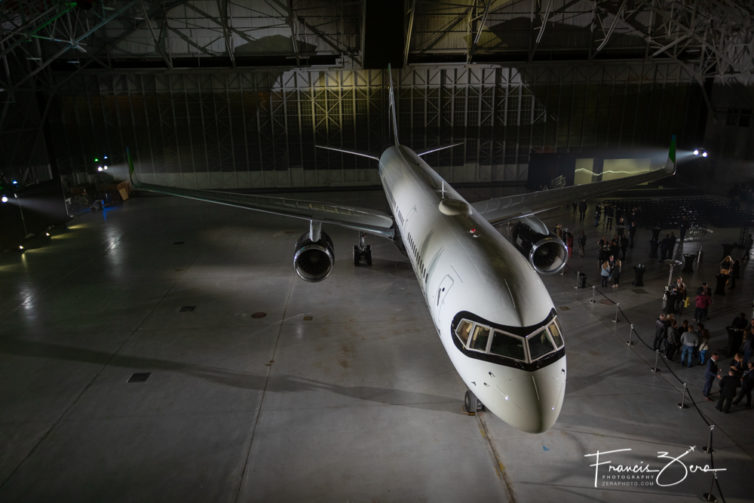
Planning to connect cities in the United States to Japan and Korea via its hub at Ted Stevens International Airport in Anchorage, Alaska, a la Icelandair’s routes to Europe via Reykjavik, Northern Pacific Airways (NPA) rolled out their first painted 757-200 at an extravagant event at southern California’s San Bernardino International Airport (SBD). The airline […]
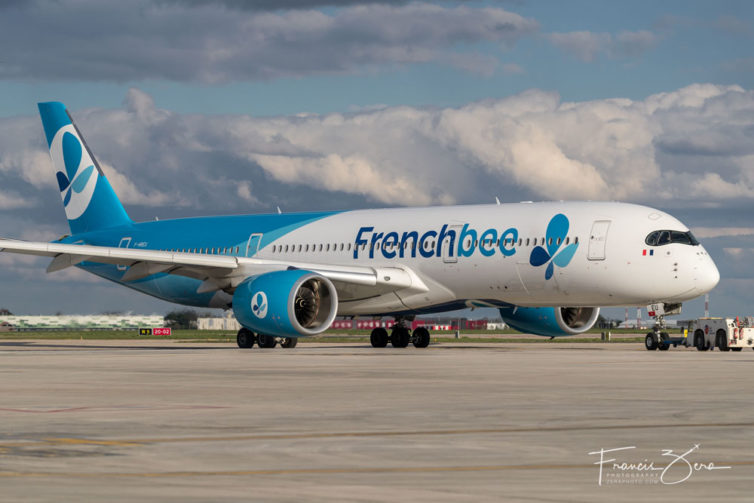
With the United States government’s new policy for international travel starting November 8, we talked with French Bee President Marc Rochet about how that airline will be handling the changes, as well as how they’ve been managing their operations during the pandemic. “In light of the recent travel ban lift announcement, we will be resuming our […]
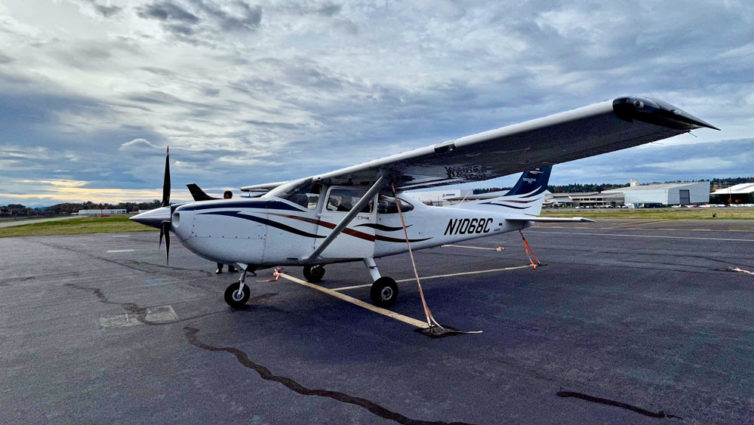
Learning opportunities are endless in aviation, and that’s one of the best parts of being a pilot. Seemingly no sooner did I get checked out in the Diamond DA-40 than Galvin decided to sell off both of their DA-40s. I do love to fly the C172, but I also adored the DA-40. Learning to fly […]
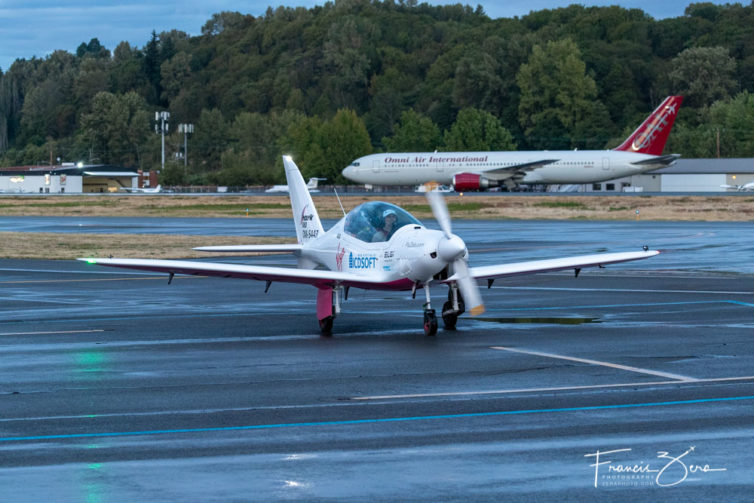
Piloting a single-engine plane through the mountainous regions of the Pacific Northwest and onward to Alaska in the autumn can be daunting, with plenty of weather and terrain challenges. Then consider that it’s just one short portion of a round-the-world journey, crossing oceans and landing in more than 50 countries across five continents. She’s also […]
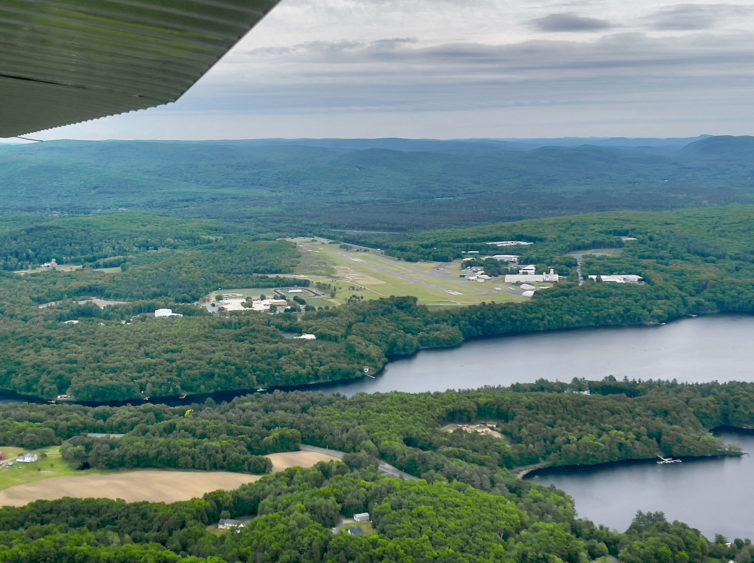
This is a continuation of my multi-part series on learning to fly. You can read the whole Fly With Francis series here. My obsession with airplanes is directly attributable to a very loving grandmother’s attempts to settle down two very rambunctious young brothers. She’d drive us to nearby Turners Falls Municipal Airport to get ice cream […]




